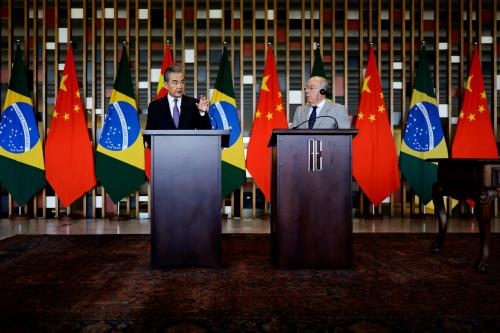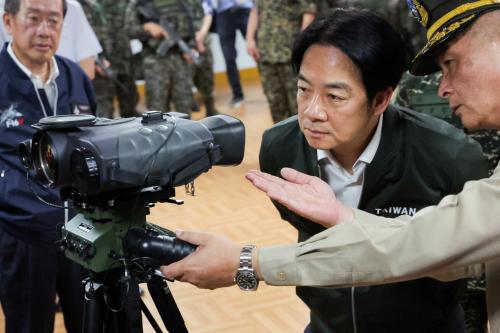The leadership of China’s four provincial-level cities, Beijing, Shanghai, Tianjin, and Chongqing, is arguably the most important sub-national decision-making body in the country. The top leadership positions in these four major cities are high-powered steppingstones for further promotions. For this reason—and also for these cities’ pacesetting role in China’s economic and sociopolitical development—factional politics has been particularly dynamic. Recently, senior leaders of all these cities went through a major reshuffling. This study focuses on the newly reappointed municipal Party standing committees, including their organizational compositions, members’ generational attributes, and the factional distribution of power. This analysis can serve as a preview of the leadership changes in the upcoming 17th Party Congress.


Commentary
The Leadership of China’s Four Major Cities: A Study of Municipal Party Standing Committees
June 1, 2007